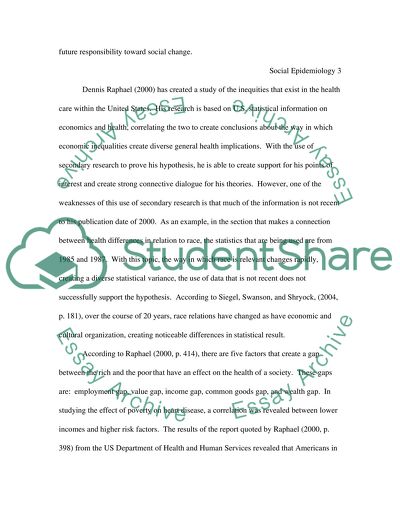Cite this document
(Effect Of Social Interaction on Health Essay Example | Topics and Well Written Essays - 1750 words, n.d.)
Effect Of Social Interaction on Health Essay Example | Topics and Well Written Essays - 1750 words. https://studentshare.org/social-science/1553231-research-methods-for-social-epidemiology
Effect Of Social Interaction on Health Essay Example | Topics and Well Written Essays - 1750 words. https://studentshare.org/social-science/1553231-research-methods-for-social-epidemiology
(Effect Of Social Interaction on Health Essay Example | Topics and Well Written Essays - 1750 Words)
Effect Of Social Interaction on Health Essay Example | Topics and Well Written Essays - 1750 Words. https://studentshare.org/social-science/1553231-research-methods-for-social-epidemiology.
Effect Of Social Interaction on Health Essay Example | Topics and Well Written Essays - 1750 Words. https://studentshare.org/social-science/1553231-research-methods-for-social-epidemiology.
“Effect Of Social Interaction on Health Essay Example | Topics and Well Written Essays - 1750 Words”. https://studentshare.org/social-science/1553231-research-methods-for-social-epidemiology.


